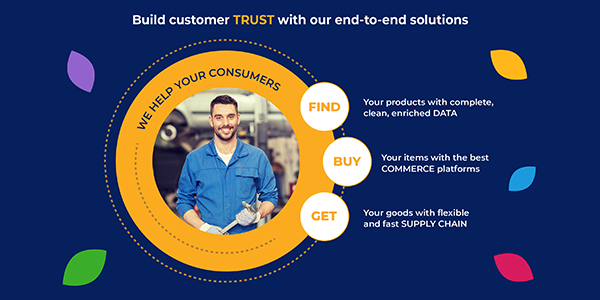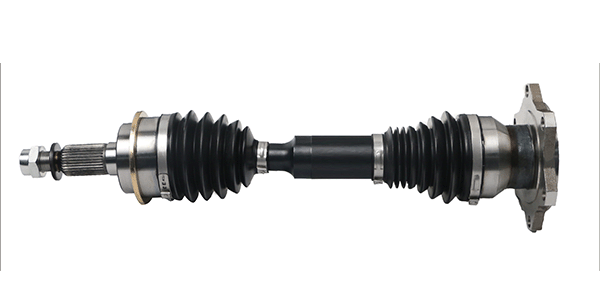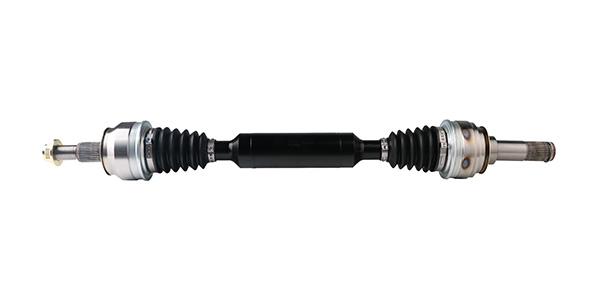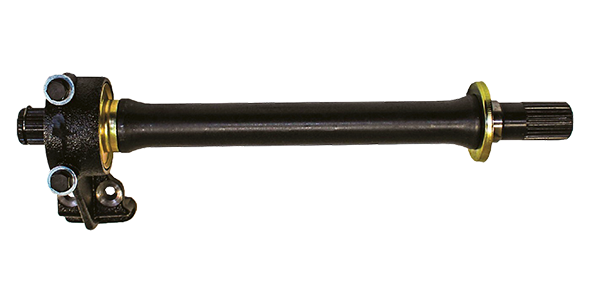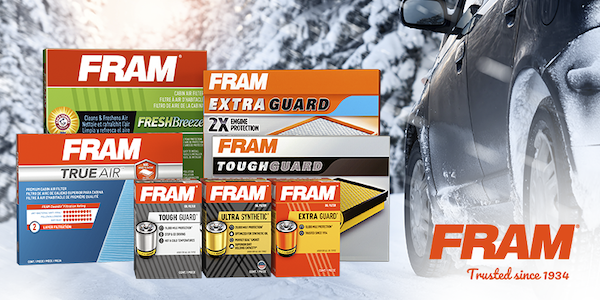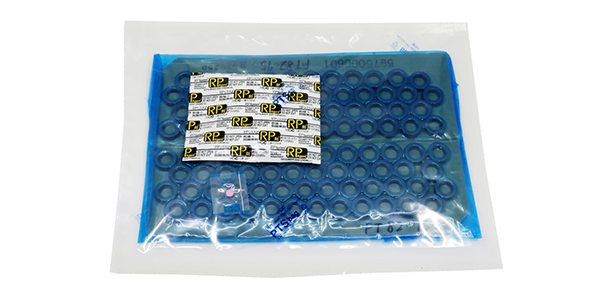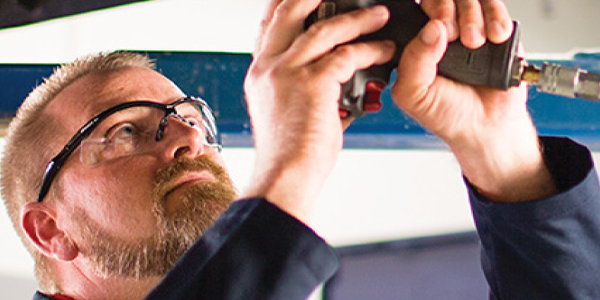According to a 2014 Wakefield Research Report, 48% of U.S. accounting professionals believe an auditor would likely find mistakes, such as missing or incorrect compliance documents, during an audit. Are you part of this 48%? Wholesalers, distributors, resellers and retailers tend to experience the most audit pain with managing exemption certificates often due to the complexities of nexus. When a buyer isn’t the end-user, and is therefore exempt from paying sales tax on a transaction, the seller is required to collect a valid tax exemption certificate and must have that document on file if and when an auditor shows up.
Collecting these certificates may seem simple enough, but with states requiring different forms on different types of transactions, certificates regularly expiring, and your business hopefully growing your customer base, how do you know if all of your exemption and reseller certificates are not just on file, but up-to-date? With the average cost of an audit coming in at over $114,000 and states increasingly hiring tax auditors to make up for budget deficits, the financial status of your business could be on the line.
Becoming more informed about the rules and regulations around exemption certificate compliance today will provide your business with security in the future. To learn more, download Avalara’s Ultimate Guide to Exemption Certificates for Sales Tax Compliance.



